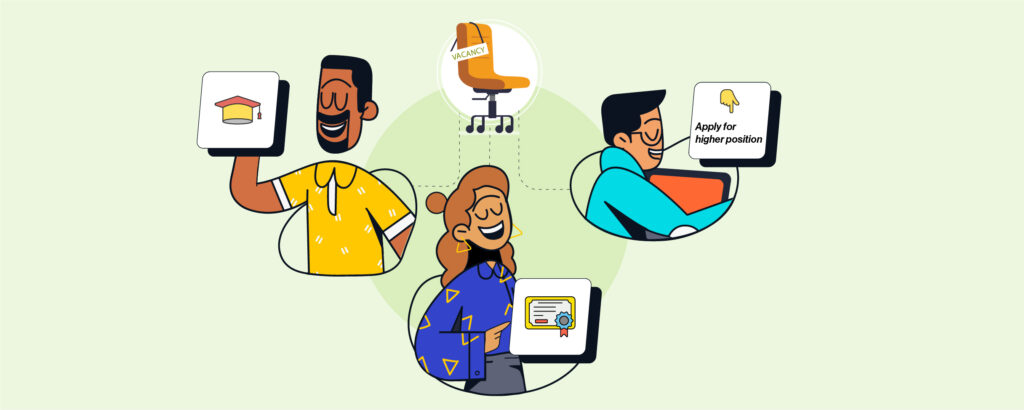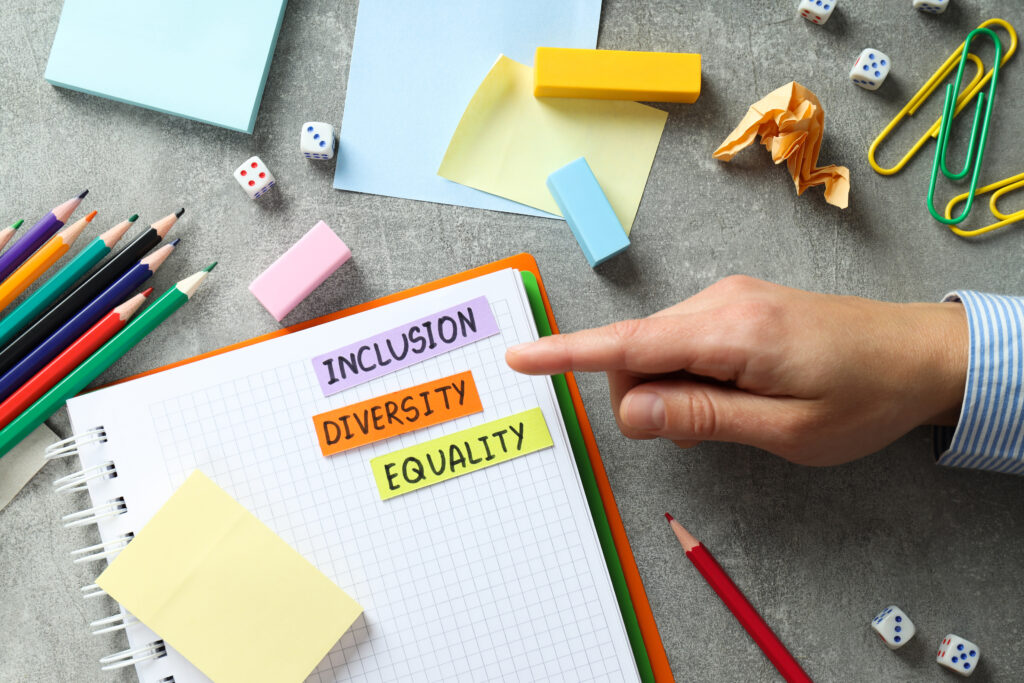The summer I was 13 years old, my English teacher at boarding school, Mrs. Bailey, gave our class an assignment: to develop a 100-word opening scene for a play titled “A Camping Trip in _____.” She told us that one scene would be accepted for development into a full-fledged play for the annual Founder’s Day. We listened to her, wide-eyed, eager to scramble out of class to work on the scene.

In the days leading up to the deadline, I spent my short lunch breaks, library evenings and the racing minutes before “lights out” at bedtime working on the scene. My enthusiasm got the better of me; not only did I have an opening scene, I also had a detailed description of the characters, the setting and even the costumes. When some of my friends marveled at my rough notes and drawings, my confidence grew.
So, the following week, when Mrs. Bailey chose another scene over mine, my face flushed many shades of crimson as waves of disappointment flooded over me. I couldn’t believe she’d chosen another scene when my scene had taken care of all the details. It didn’t occur to me to read the winning scene or see what aspects I’d missed. Instead, over the next few days, I sulked, felt dejected and was distressed during Mrs. Bailey’s classes, which I’d once loved.
Years later, I realized that the way I held on to my idea just because it was my idea is a bias described by behavioral economist Dan Ariely and his colleagues as the IKEA effect. In a 2011 paper describing the bias, they wrote, “Labor alone can be sufficient to induce greater liking for the fruits of one’s labor: even constructing a standardized bureau, an arduous, solitary task, can lead people to overvalue their (often poorly constructed) creations.”
In other words, we tend to place a disproportionately high importance on the things we create. If we work on a certain idea or project, we are more likely to believe that it must be good.
When I look back on the incident at school, I realize that my behavior was typical of a teenager. I wouldn’t be likely to fall prey to this bias as an adult, right? Well, perhaps I would; in Ariely’s book “Payoff: The Hidden Logic That Shapes Our Motivations,” he writes, “Little kids have an egocentric perspective; they believe that when they close their eyes and can’t see other people, other people can’t see them. As children grow older, they outgrow that kind of egocentric bias. But do we ever get rid of it completely? We don’t! … Love for one’s handiwork is indeed blind.”
He concludes that “we are strongly motivated by identity, the need for recognition, a sense of accomplishment, and feeling of creation.”
As adult learners, the IKEA effect can prevent us from thinking rationally and making effective decisions, and it can also hinder learning. So, how do we steer clear of this bias? Here are five strategies that usually work for me:
1 Take a Break
When we work on a task for a few hours, days or even longer, it’s natural to become emotionally attached to it — which is when biases creep in. One strategy that can help is to distance ourselves from the work and occupy our minds with other things. Every time I find myself obsessively defending my own idea or work, I try to take a deep breath and walk away from it (literally).
2. Remind Yourself to Set Your Feelings Aside
I know it’s easier said than done, but merely being mindful of the consequences of being overly invested in our tasks is effective. It reminds us that being unable to let go of something could get in the way of our personal and professional growth and stop us from learning. It helps to actively tell yourself that it’s better to fail early than to hang on to a bad decision or project that will be even more difficult to let go of as time passes.
When my opening scene wasn’t accepted, I sulked for days and consoled myself with thoughts like, “Mrs. Bailey was biased,” “Mrs. Bailey made a poor decision” and, “I’m just unlucky.”
If I had focused on understanding why she hadn’t selected my scene instead of playing the victim, I may have learned something useful and worked toward having a scene accepted the following year. Similarly, as adult learners, it’s important to focus on the end result or outcome that enables learning instead of taking things personally.
4. Zoom Out to See the Bigger Picture
When we feel defeated or receive criticism on our work, it’s easy to become bogged down by the details. Often, when I am reviewing my work in Microsoft Word, I zoom out to see a broader view of the entire document. Doing so helps me find inconsistencies throughout the file that I missed because I was too focused on specific errors in a sentence or a paragraph. Similarly, when our work isn’t accepted, it’s helpful to take a step back and view the situation “from afar.”
5. Seek Objective Advisers
One of the most effective ways to know if our work is good is to ask for feedback. Avoid requesting feedback from someone you are close to or who is likely to share only positive feedback. Instead, ask for feedback from someone who’s likely to be objective, even if the feedback may seem harsh at first.
I learned something in Mrs. Bailey’s class that, over the decades, has served as a useful reminder of how to learn more effectively. As John Maxwell said, “Sometimes you win, sometimes you learn.”
This article was originally published on Training Industry‘s blog on April 20, 2020.



